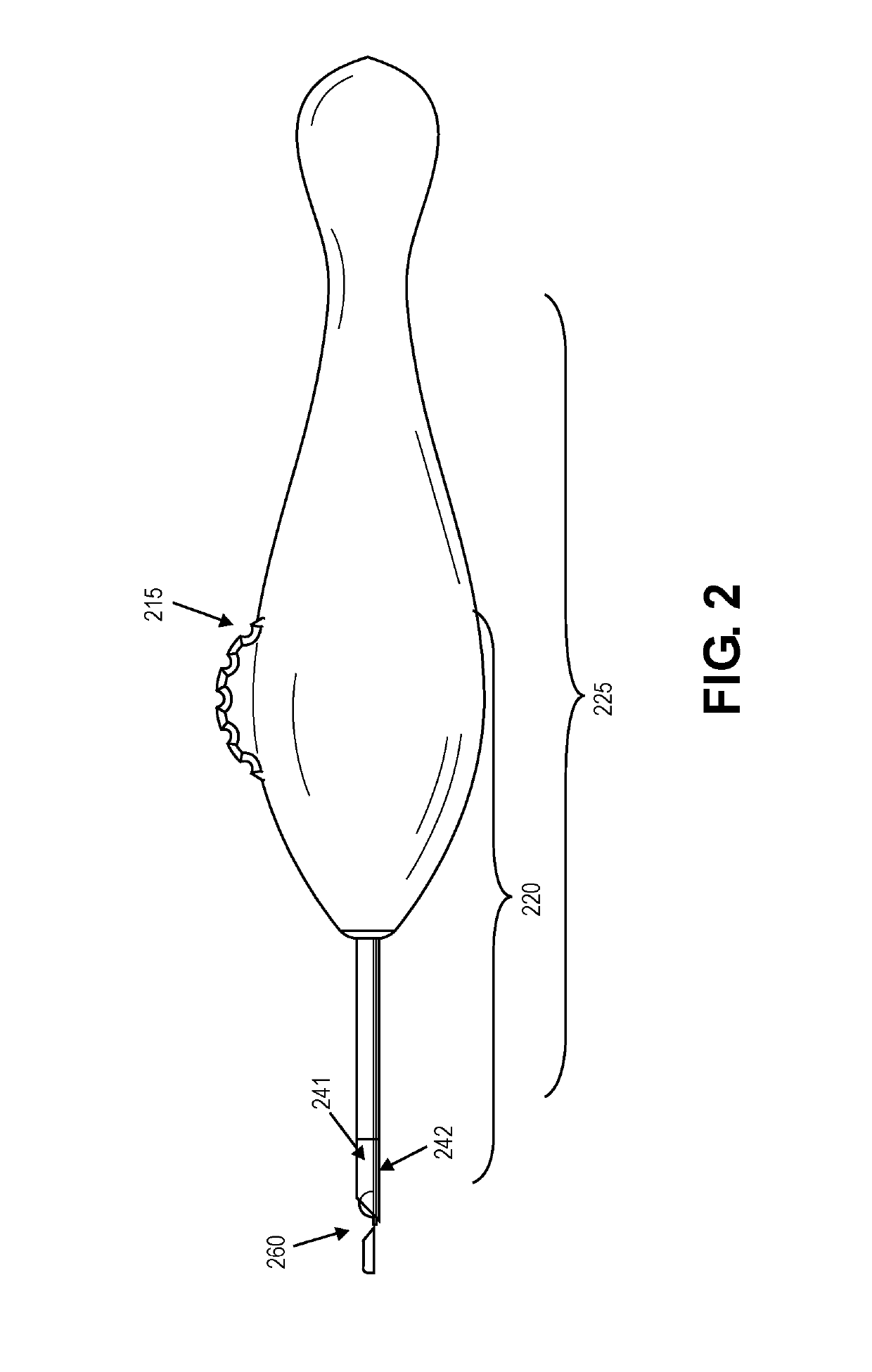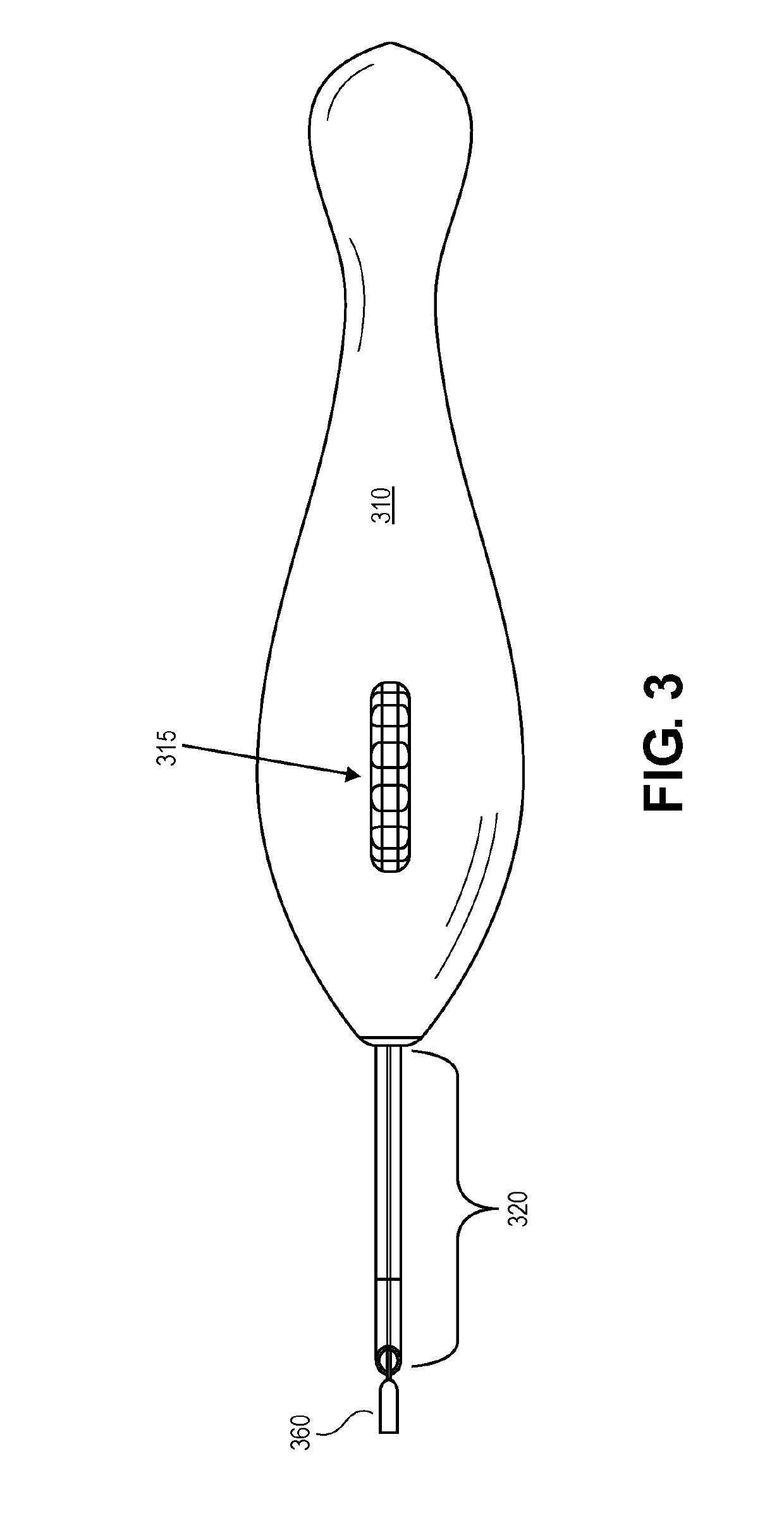Instruments and Methods for the Implantation of Cell-Seeded Ultra-thin Substrates
a cell-seeded, substrate technology, applied in the field of instruments and methods for the implantation of ultra-thin substrates, can solve the problems of affecting affecting the ability of individuals to perceive visual images, and affecting the ability of older adults to see clearly, so as to achieve the effect of assessing the quality of the substra
- Summary
- Abstract
- Description
- Claims
- Application Information
AI Technical Summary
Benefits of technology
Problems solved by technology
Method used
Image
Examples
Embodiment Construction
[0074]Surgical instruments are disclosed that include clamp heads that nestle within a tubular sheath but be activated to extend out an end of the sheath. At least one tine of the clamp heads includes an arch that slides against the enclosing tubular sheath as it is retracted within, causing the tine to move with respect to the other tine(s). The clamp heads draw closed to within a predetermined nonzero, or zero, distance from one another in order to grasp a delicate substrate. The substrate is then drawn into the tubular sheath, folding its edges up and around to protect cells, microbubbles, or other therapeutic elements on the substrate.
[0075]FIG. 1 shows a non-limiting example of such an instrument. The instrument 100 for the implantation of a substrate 160 for transplanting (or subsequent seeding with a biological tissue, such as cells, a multi-cell type solution, matrix, time release gel, microbubbles, or any other treatment vehicle that can be placed on or anchored to the subs...
PUM
 Login to View More
Login to View More Abstract
Description
Claims
Application Information
 Login to View More
Login to View More - R&D
- Intellectual Property
- Life Sciences
- Materials
- Tech Scout
- Unparalleled Data Quality
- Higher Quality Content
- 60% Fewer Hallucinations
Browse by: Latest US Patents, China's latest patents, Technical Efficacy Thesaurus, Application Domain, Technology Topic, Popular Technical Reports.
© 2025 PatSnap. All rights reserved.Legal|Privacy policy|Modern Slavery Act Transparency Statement|Sitemap|About US| Contact US: help@patsnap.com



